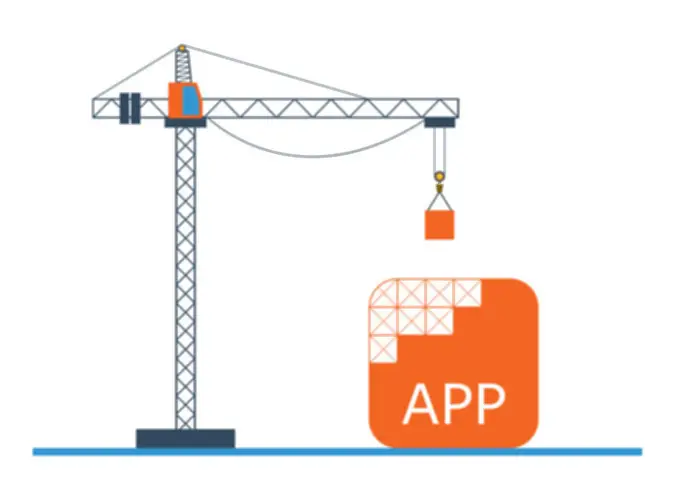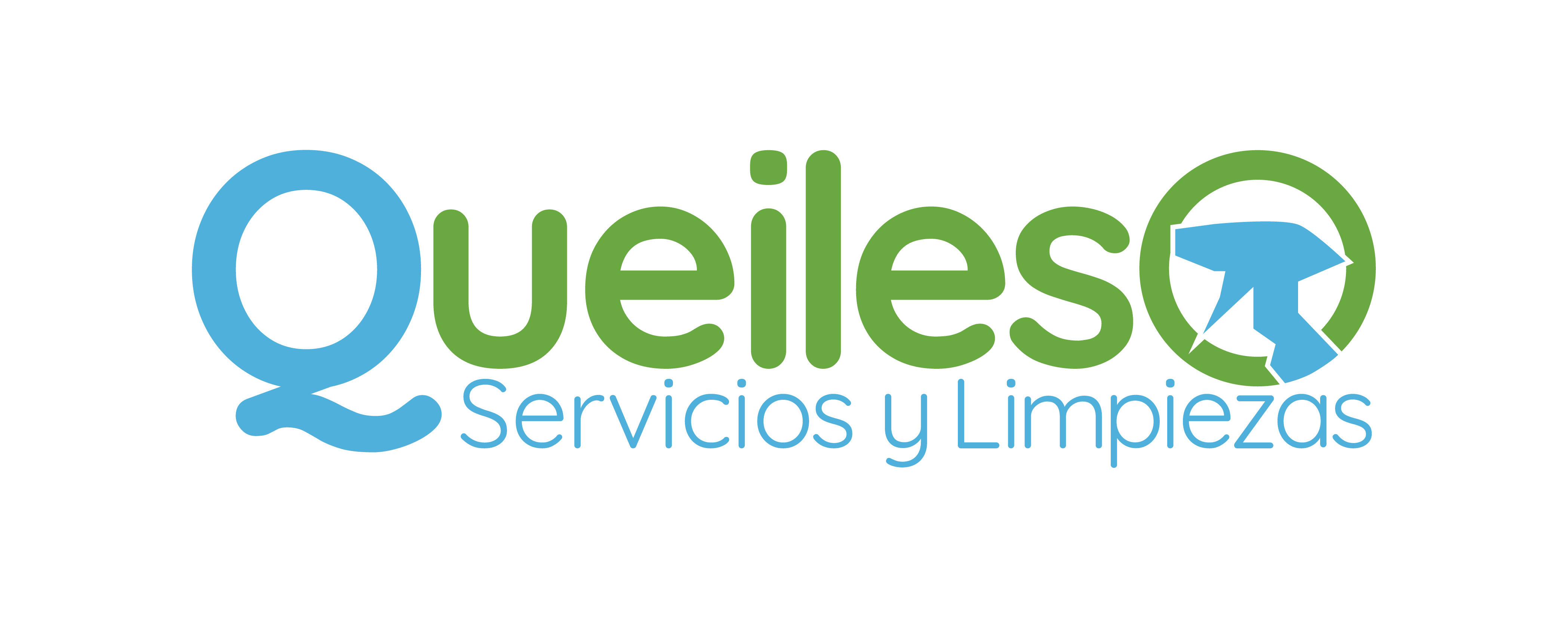Examining The Limitations Of Ai In Business And The Necessity For Human Insights Utilizing Interpretive Structural Modelling
While AI can analyze information and make choices based mostly on that knowledge, it cannot create something new without being explicitly programmed to do so. The advancements in AI have been large in recent times, making it an more and more limitations of artificial intelligence priceless device throughout a variety of industries. AI-powered systems can perform tasks similar to image recognition, natural language processing, and decision-making with outstanding accuracy and velocity. LLMs also can reproduce delicate or proprietary data when utilizing approaches such as retrieval augmented generation (RAG) and/or fine-tuning, posing privacy and safety dangers.

Rapid Growth And Deployment
Increasing transparency and accountability inside AI improvement is crucial to make sure that potential biases are identified and rectified promptly. Efforts are underway to establish ethical pointers and frameworks for mitigating algorithmic bias. Terms like generative AI, machine learning, ChatGPT, and natural language processing are often used interchangeably, however in order to understand the impacts of those technologies, we first need to outline the terminology. What they don’t mention, nevertheless, is a limitation they’ve implicitly demonstrated in their outputs, specifically the dubiousness of their veracity. They just provided output and left it up to the user to verify their claims via research, which is problematic because customers may accept the AI’s output without putting it through a rigorous verification process.
Main Advantages Of Synthetic Intelligence
- This not solely helps in offering well timed therapy but in addition reduces the probability of human error in prognosis.
- Therefore, duties that require on-the-fly adaptability and problem-solving in unpredictable environments are challenging for AI.
- These attacks add noise of small amplitude within the data submitted as enter to the AI algorithm to be able to mislead these algorithms, forcing them to predict a wrong reply.
For instance, the AI recommends comparable titles if customers watch crime dramas incessantly. This personalization retains users engaged and increases their likelihood of subscribing to the service. These robots can handle repetitive tasks corresponding to welding, painting, and packaging with excessive accuracy and pace, reducing prices and bettering effectivity. In our daily work, we perform many repetitive tasks, similar to checking documents for flaws and mailing thank-you notes. Artificial intelligence could efficiently automate these menial chores and even eliminate “boring” tasks for people, permitting them to give consideration to being more inventive. Emotions inherently drive humans, whereas AI operates without emotional affect, maintaining an efficient and rational method.
Limited Understanding Of Context
However, information associated concerns and human biases that seep into algorithms during development and post-deployment phases have an effect on performance in real world settings, limiting the utility and security of AI technology in oncology clinics. To this end, we review the present potential and limitations of predictive AI for most cancers analysis and prognostication in addition to of generative AI, particularly fashionable chatbots, that interfaces with patients and clinicians. We conclude the evaluate with a dialogue on ongoing challenges and regulatory alternatives within the field. Beyond biases baked into the coaching knowledge, human biases can affect how AI algorithms are utilized in the clinic.
How Will Chatgpt Impact Schooling, Work, And Society?
I assume that a big drawback is that there is not truly had been thatconversation between what are the sorts of exams you would wish to do thatregulators care about, the basic public cares about, which might be going to test. And I thinkabsent that guidance, business and academia are simply going to pursue what theyfind most attention-grabbing or what they care about probably the most. So I suppose right nowit’s incumbent on regulators, on policymakers to say, here are the things wecare about. And then perhaps furtherdown the road, once these exams have been developed, as quickly as we have a greater senseof the science evaluations then we are ready to start serious about using it for thatthird category. And hopefully that may come long earlier than any kind of masscasualty event or actually critical event.

It’s always essential to place limitations within the context of the time of the discussion, for the explanation that rate of change is so accelerated, even in comparability with the similar old exponential change rate of know-how. AI systems are prone to adversarial attacks, where intentional manipulation of input information can mislead the system’s output. Safeguarding AI in opposition to such attacks is an ongoing challenge, notably in critical functions like autonomous automobiles or cybersecurity. While AI fashions excel within the specific domains they are skilled for, transferring information to new, unrelated tasks is challenging. Achieving true transfer studying, the place AI can leverage experience from one domain to carry out nicely in another, stays an active space of analysis. AI techniques, despite their prowess in particular domains, lack a deep understanding of the world.

But as AI takes over those entry-level jobs, some have voiced issues that individuals might lose their capacity to know and perceive the means to perform these tasks. It may additionally depart them with out the mandatory capabilities to step in and perform the work should the AI fail. AI’s capacity to improve safety is obvious in motorized vehicle options that warn drivers when their attention wanes or they drift out of their journey lane. AI’s safety-enhancing capabilities are also seen in manufacturing, where it’s deployed to mechanically cease equipment when it detects staff getting too near restricted areas. It’s additionally on display when AI-powered robots are used to handle dangerous duties, similar to defusing bombs or accessing unstable buildings, as an alternative of humans. By almost all accounts, AI comes with both advantages and drawbacks, which individuals and organizations alike need to understand to maximise the benefits this expertise brings whereas mitigating the negatives.
SoI suppose that is another concern with the voluntary regime of if it’s not everyoneinvolved, then that kind of disincentivizes anybody getting concerned. According to the AI Transformation Playbook, broad AI coaching needs to be provided not solely to engineers, but additionally to executives/senior business leaders and to leaders of divisions engaged on AI tasks. However, Earley mentioned he does not count on that to be the case for everybody. He predicted that the gains introduced by AI might be erratically distributed and that some people will be more negatively impacted than others.
Yet enterprise leaders are additionally weighing the benefits and downsides of AI. They’re reporting productivity and efficiency positive aspects, however they’re also grappling with data privacy, safety and moral challenges as they deploy AI in their organizations. Unlike humans, AI lacks the innate capacity to understand on a daily basis data and social norms, which may find yourself in logically right selections however are practically or ethically flawed. This can result in unintended consequences, such because the misuse of AI applied sciences, lack of accountability, and insufficient safeguards against dangerous applications. Additionally, the proprietary nature of many AI algorithms can restrict transparency and public scrutiny, making it difficult to assess their fairness, accuracy, and overall impact on society.
A 2024 “AI Report” from UST, a digital transformation software and services company, discovered that 93% of the big firms it polled mentioned AI is essential to success. AI enhances healthcare through precision medication, early illness detection, and efficient patient administration. Despite their superior capabilities, AI systems typically need extra widespread sense reasoning.
Artificial Intelligence, or AI, has turn out to be one of the most talked-about topics on the earth of expertise. It has revolutionized numerous industries, together with healthcare, finance, and transportation. However, AI just isn’t with out limitations, and it’s essential to know both its developments and limitations.
The neatest thing we can do for AI because it develops is to acknowledge its limitations. Even while we’re a long way from having intelligence on par with humans, businesses are using creative strategies to get around these limitations. In the past, AI has functioned as a “black box,” where the consumer offers the algorithm the queries and the system outputs the solutions. It originated from the requirement to program intricate jobs since no programmer might possibly write every possible logical determination. Achieving this degree of intelligence took decades, even with the quickest supercomputers, and was not made potential till the arrival of the current AI algorithms, which had been made potential because of big data. We are progressively figuring out the upcoming programs and components for a extra clever AI.
An AI system may find it tougher to acknowledge its errors at times than to ship the best reply. Where present AI algorithms could additionally be used is severely constrained by the vast amounts of information they need to be taught even the most primary jobs. Many consultants suppose that breaking limitations of AI will require developments in expertise and algorithms. Most of the AI functions we encounter today are examples of slim or weak AI. These techniques excel at specific tasks but lack the versatility and understanding inherent in human intelligence. Achieving true General AI, where machines can carry out any mental task a human can, stays an elusive goal with significant obstacles.
However, this simulation isn’t the identical as the actual emotion, it is just a method to make the interplay more pure or human-like. There was one incident with an AI robot that was skilled by sorting through billions of photographs and captions and it in the end developed racist and sexist thought patterns. In one instance, the robot, when asked to identify criminals, chose black men 9% more typically than white males.
Transform Your Business With AI Software Development Solutions https://www.globalcloudteam.com/

